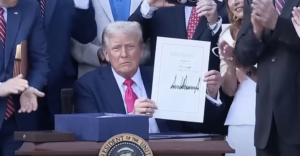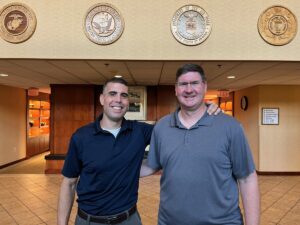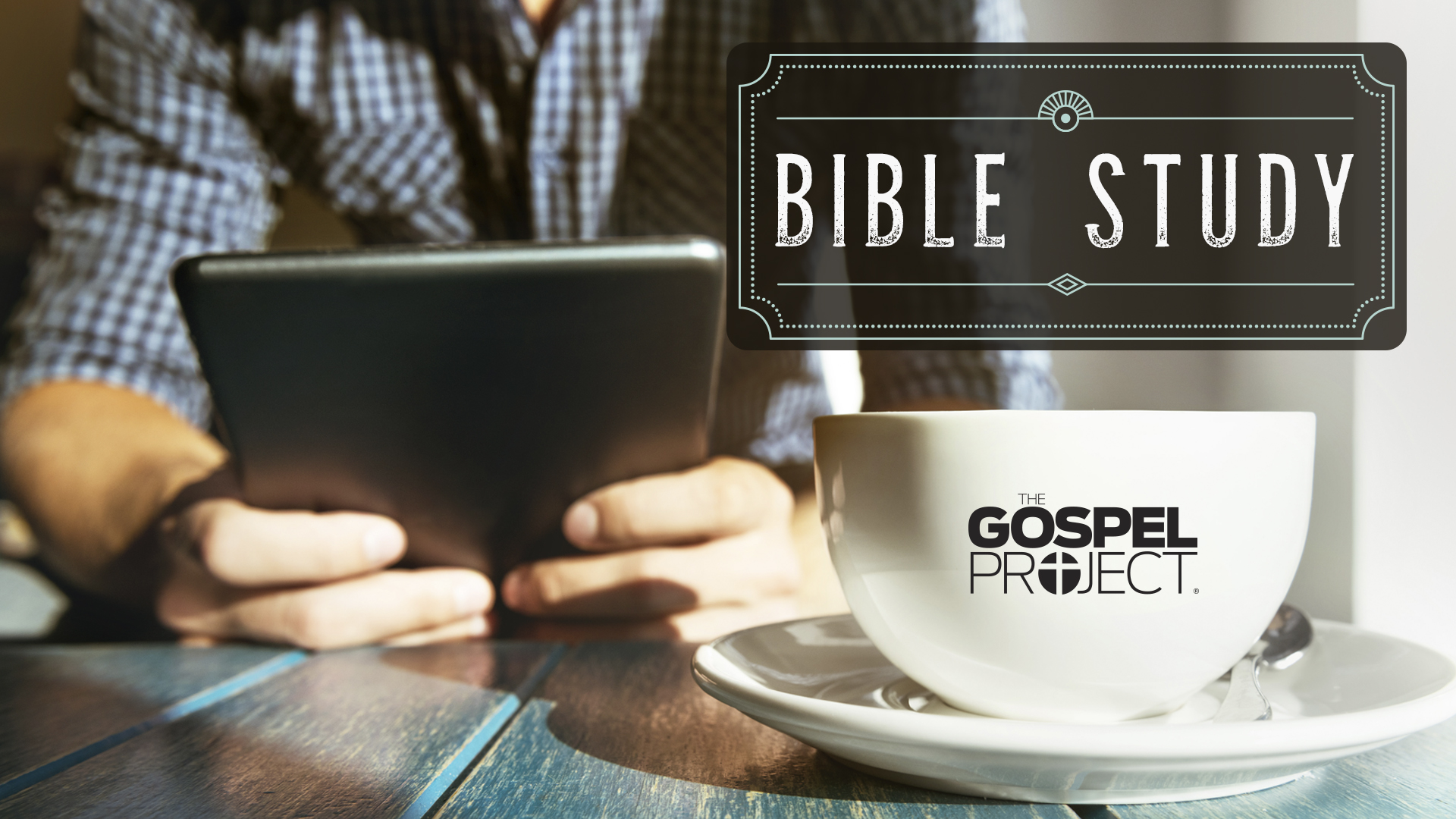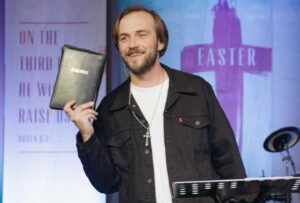
BIRMINGHAM, Ala. (BP)–“We were amateurs. … All of us together didn’t have a good sermon,” recalled Bruce McIver of Dallas at a gathering of former Texas youth revivalists from the 1940s.
But God worked a miracle by inspiring the young men from Baylor University to take their message of Christianity around Texas and across the South, McIver said.
Fifteen of the former youth revivalists — now in their 70s — met June 18-20 for a three-day symposium on youth revivalism at Samford University in Birmingham, Ala. The youth movement had an impact on Southern Baptists after World War II and coincided with a return to revivalism after the war typified by Billy Graham’s early Youth for Christ movement in Chicago.
“Many of us had been in World War II and were seeking answers, and so these youth revivals provided some basics for religious experience,” said Arthur L. Walker Jr., a former Samford religion professor. Walker, who later served as executive director of the Southern Baptist Education Commission, recalls attending a 1949 youth-led revival that drew 5,000 people to Birmingham Municipal Auditorium.
Ironically, the gathering of evangelists at Samford credited Reiji Hoshizaki, a Japanese-American student who started at Baylor a few months before the Japanese bombing of Pearl Harbor, with beginning the youth revival movement.
“Reiji was the key to the whole thing,” McIver said. Hoshizaki and his roommate, the late M.D. Oates, held a prayer meeting in their dormitory room and decided Baylor should have its own youth rally. Hoshizaki, a Californian whose parents were interred in World War II camps for Japanese Americans, entered Baylor after becoming a Christian before the war.
Hoshizaki, Oates and McIver raised $1,100 for a tent and other expenses and staged a successful revival in April 1945. They put on a larger event the next year, and the movement was on its way. Ultimately, a Dallas youth revival drew 15,000 people.
McIver recalled the Baylor students “had a great desire to do something for Christ.”
“One of the great things about the movement was that the pastors let 19-year old kids preach in their churches,” he said.
“I heard these guys preach and they were ‘with it’,” recalled William O’Brien, director of Samford’s Beeson Divinity School Global Center, who organized the symposium. “They had a great sense of humor and hit us right where we were at the time — an age when we had heroes. They were our heroes.”
Howard E. Butt of San Antonio, a layman, remembered being touched by the movement. “It was the shaping influence of my life,” said Butt, who became a regular on the youth revival circuit.
“Prayer saturated all we did,” Butt said. “We had a passion for Christ that we wanted to share with other young people. It was fun … it had a kind of holy hilarity.”
Butt’s family owns one of the nation’s largest independent grocery chains. While most of the youth revivalists went into church work, he became an active Christian layman, taking part in Layman’s Crusade for Christ and other such movements.
Samford President Thomas E. Corts described the movement as “an instrument for changing lives and destinies,” noting the summer missions programs that continue to attract young people today grew out of the youth revival movement. Some trace the evolution of the state Baptist convention-supported campus ministry programs to the same source.
Other former youth revivalists at the symposium were BO (cq) Baker, Irving, Texas; Dick Baker, W.F. Howard and Foy Valentine, all of Dallas; Frank Boggs, Atlanta; Asa Couch, Birmingham; Buckner Fanning, San Antonio; Robert Harris, Newnan, Ga.; Ralph Langley, Huntsville, Ala.; Jess Moody, Glorieta, N.M.; Jack Robinson, Augusta, Ga.; and Charles Wellborn, Tallahassee, Fla.












